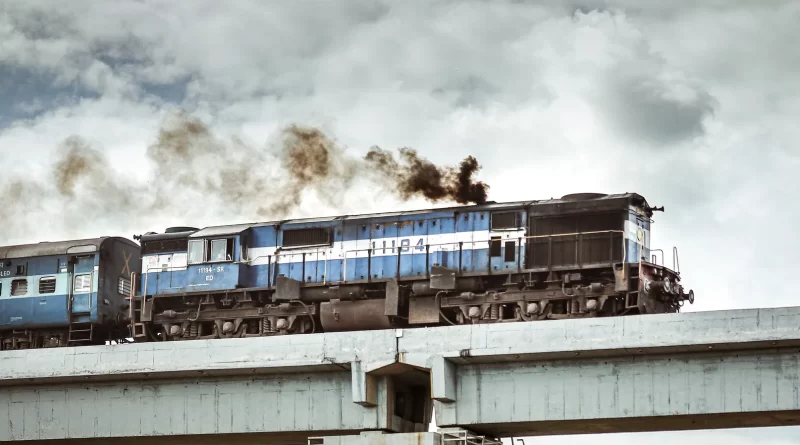Indian Railwaystations
Contents
Introduction:
Indian Railwaystations with the early years of British colonial rule, railway stations have a lengthy history in India. Today, they serve as vital infrastructure for millions of people. The stations are an example of how tradition and modern efficiency can coexist.
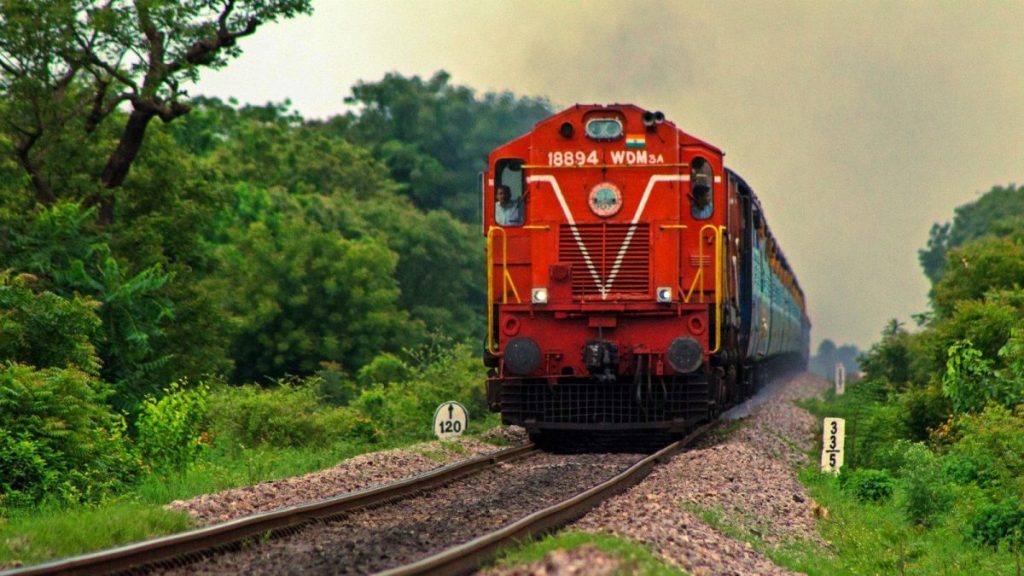
Indian Railwaystations Facilities and Infrastructure:
Indian Railwaystations range in style and architecture from opulent imperial buildings to cutting-edge constructions that meet the wide range of needs of passengers. The stations have changed significantly, including amenities like technology-driven services, waiting areas, and restrooms.
Indian Railwaystations Aspects of Operation:
These stations run smoothly because of the effective management provided by stationmasters and their crews, which includes scheduling, ticketing, and general operations.
Journey of the Passenger:
Indian Railwaystations, with their varied influx of people, represent a microcosm of the demography of the nation. Although there are drawbacks like traffic and accessibility problems, variety also fosters cross-cultural interactions.
Effect on the Economy:
It is impossible to ignore these stations’ economic importance. They not only make a substantial economic contribution to the nation, but they also support regional companies and create a large number of job possibilities.
Ecological Initiatives:
The pursuit of sustainability and environmentally conscious methods has gained traction, with projects concentrating on cutting energy use and optimizing waste disposal.
Symbolic Train Stations:
A few stations are significant in terms of architecture or history, adding to the rich legacy of Indian railways.

Difficulties and Hope for the Future:
The pressing issues of overcrowding and modernization continue to drive efforts toward growth and progress.
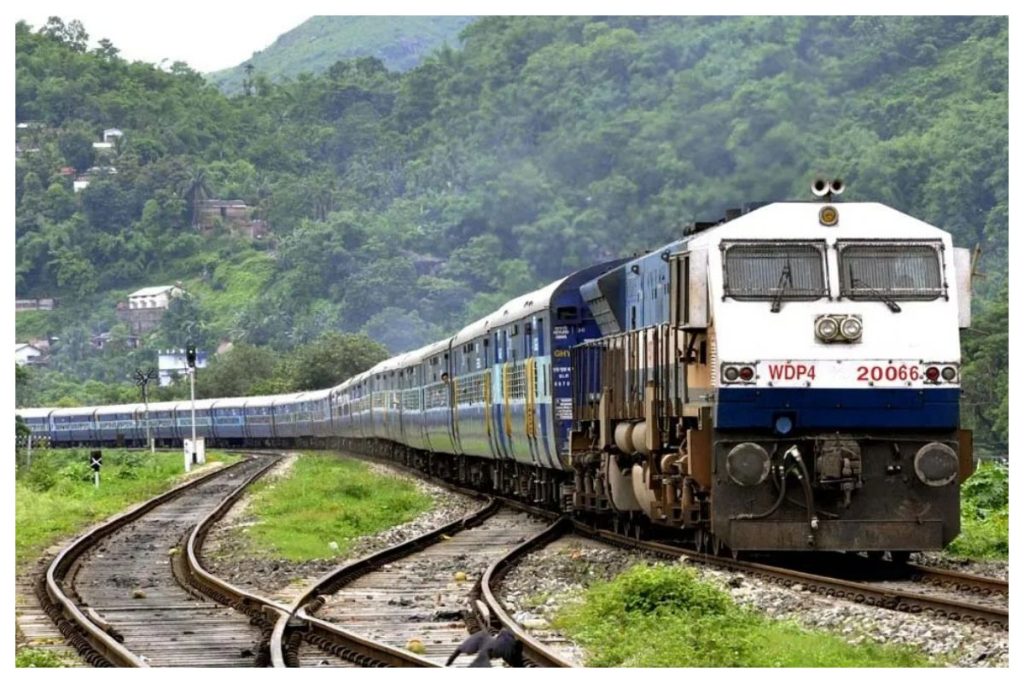
Security and Safety Procedures:
Passenger safety and station operations have been prioritized through the implementation of strengthened safety protocols and security measures.
Social and Cultural Factors:
In addition to being places of social contact and cultural influence,Indian Railwaystations also function as community hubs, capturing the distinct spirit of India.
Indian Railway Stations’ Future:
Indian Railwaystations Future developments in technology and innovation will reshape these stations with an eye toward greater comfort and efficiency.
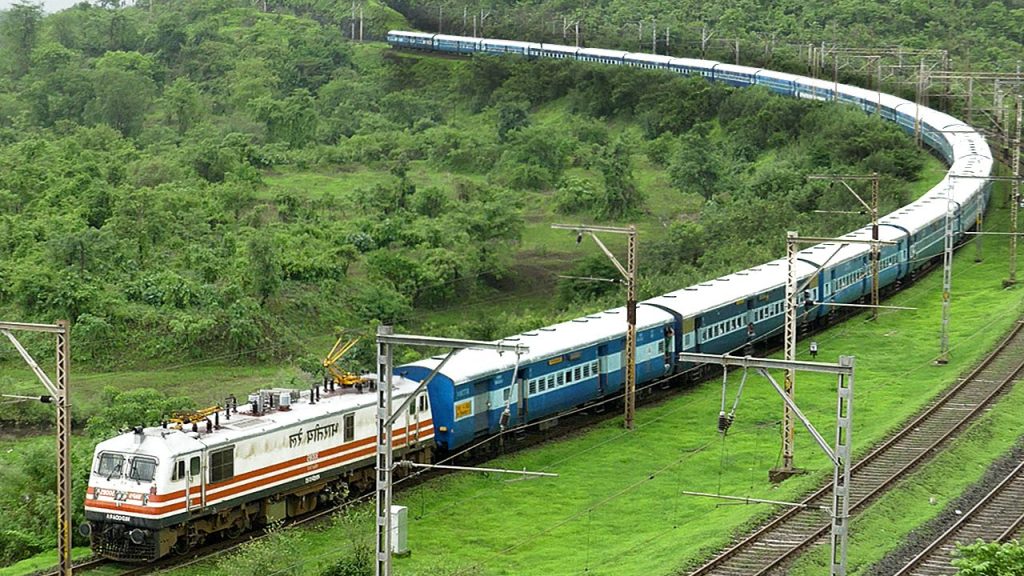
Affecting Travel:
By providing access to numerous well-known locations and functioning as attractions in and of themselves, these stations are essential to the promotion of tourism.
Culture and Art’s Role:
These stations’ artistic offerings honor local culture and provide a forum for artistic representation.
Governmental Programs:
For these stations to continue growing and developing, the government’s role in formulating policies and forming alliances is crucial.
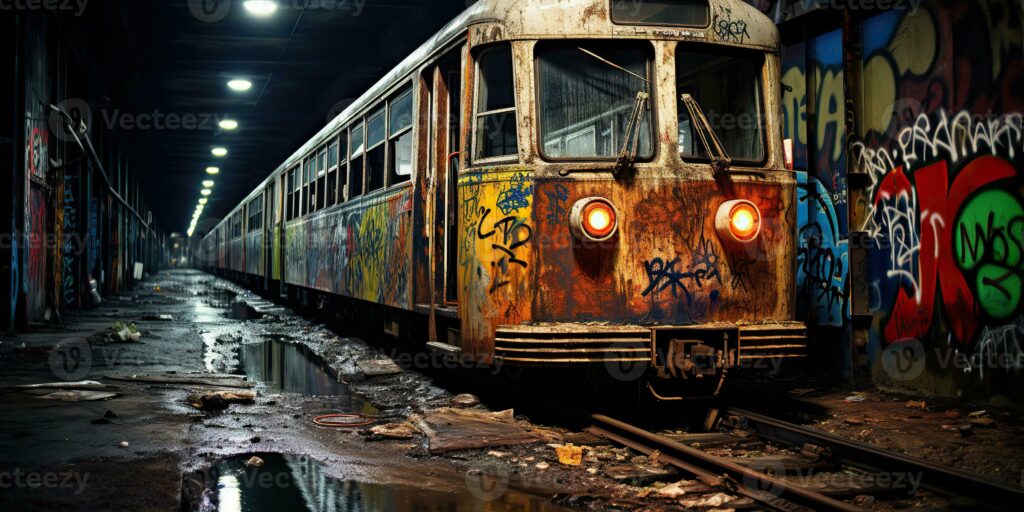
Synopsis:
Indian railway stations serve as much more than just places to go; they are the beating heart of their country, a reflection of its rich history, diversity, and progress.
How extensive is the railway network in India?
India has one of the largest railway networks globally, covering over 67,000 kilometers of track and connecting even the remotest corners of the country.
What are the main types of trains operating in India?
India operates a variety of trains, including Express trains for long-distance travel, local trains for short-distance commuting within cities, and luxury trains offering a premium travel experience.
How can I book a train ticket in India?
Train tickets in India can be booked through various methods, including online platforms such as IRCTC (Indian Railway Catering and Tourism Corporation), railway station ticket counters, and authorized travel agencies.
Are there facilities for differently-abled passengers at Indian railway stations?
Indian railway stations are progressively becoming more accessible, with facilities such as ramps, wheelchair assistance, and dedicated spaces in trains for differently-abled passengers.
How is security ensured at Indian railway stations?
Indian railway stations have security measures in place, including police personnel, CCTV surveillance, and regular patrolling to ensure the safety and security of passengers and their belongings. Travelers are advised to remain vigilant and report any suspicious activities.
